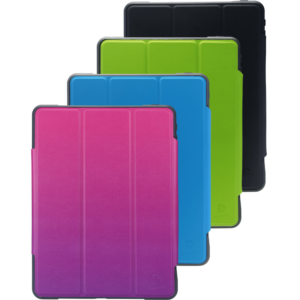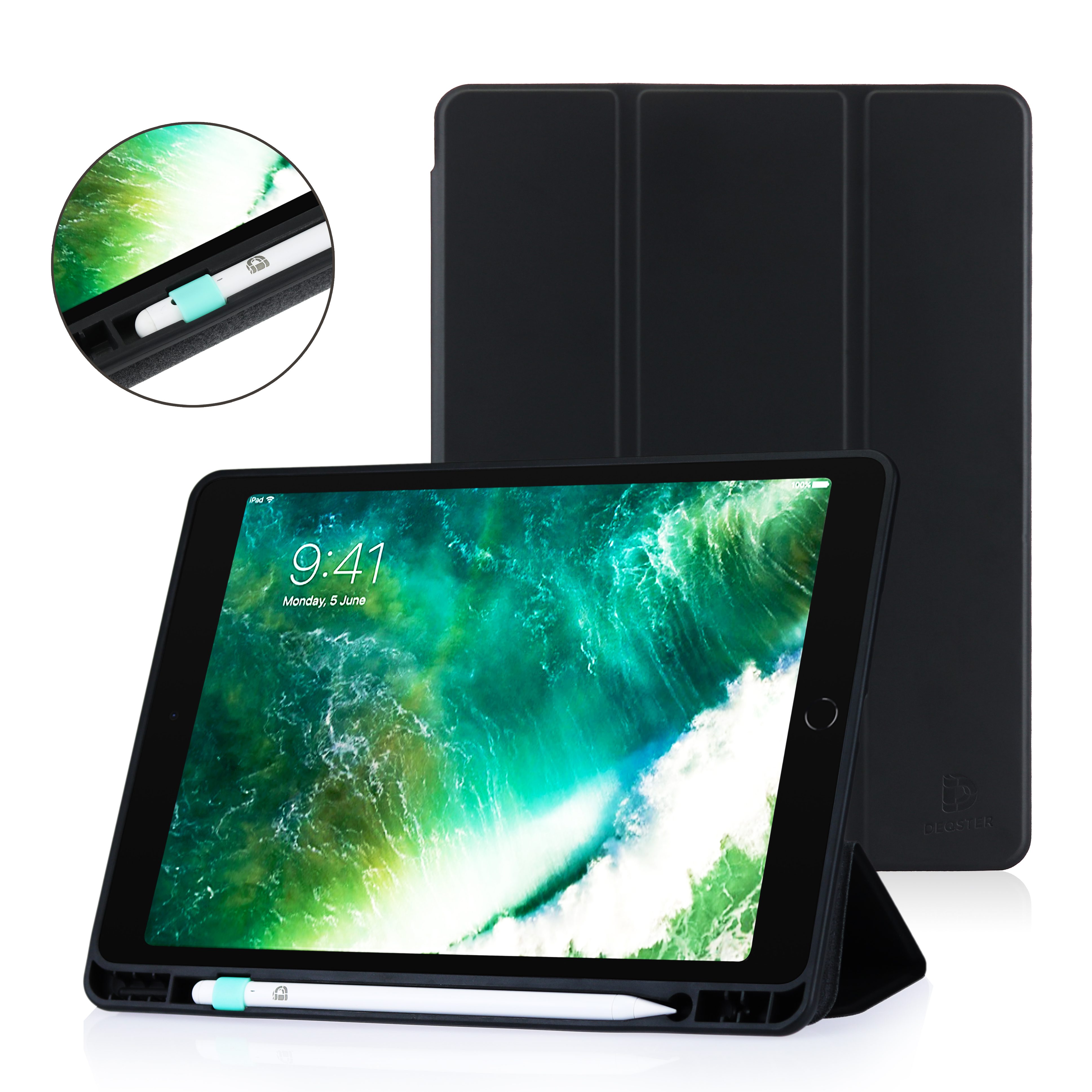Most protective covers are usually made of different materials, depending on the brand and model. Commonly used materials for protective covers are:
- Polycarbonate (PC): This material is known for its hardness and impact resistance. Protective covers made of polycarbonate are durable and offer good protection against knocks and scratches.
- Thermoplastic polyurethane (TPU): TPU is a flexible and shock-absorbing material. Protective covers made of TPU are flexible and easy to attach. They also offer good protection and are particularly effective at absorbing shocks.
- Silicone: Silicone protective covers are soft and flexible. They offer solid protection and are comfortable to grip. Silicone is particularly effective at absorbing shocks.
- Leather: Leather protective covers are durable and give your device an elegant look. They offer protection against scratches and often have additional compartments for cards or money.
- Fiber and fabrics: Some protective covers are made of special fibers or fabrics that give the device protection and an individual style. These are generally less impact-resistant than other materials.
- Metal: Metal protective cases are often made of aluminum or stainless steel and offer robust protection against bumps and scratches. However, they tend to be heavier and less flexible.
The longevity of a protective cover depends on various factors, including the material, the quality of workmanship and usage. As a rule, high-quality protective covers made of durable materials should offer your device effective protection over a longer period of time. It is advisable to choose protective covers from trusted manufacturers as they often carry out quality checks and may offer guarantees to ensure longevity. Note that the durability of a protective cover can be affected by improper use or damage.









